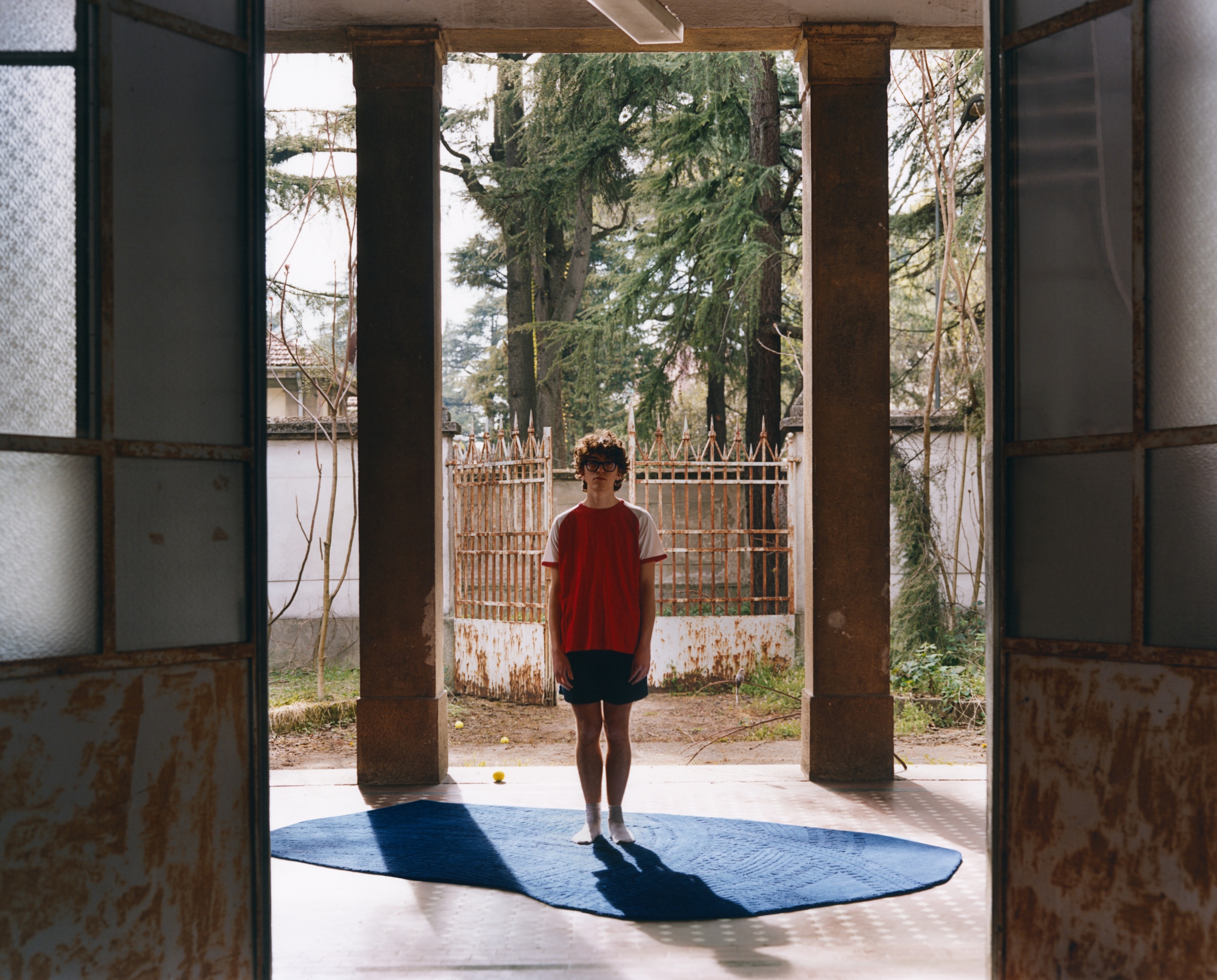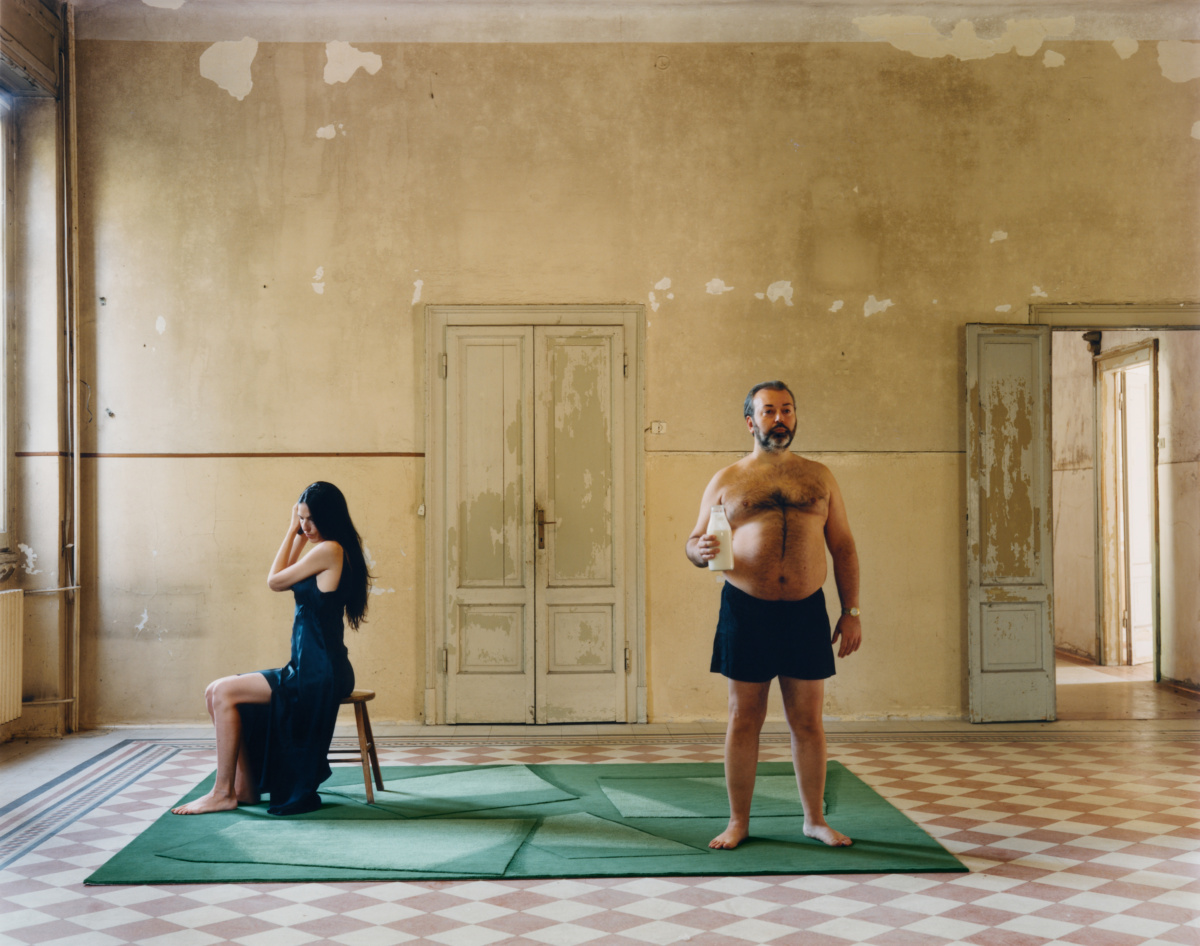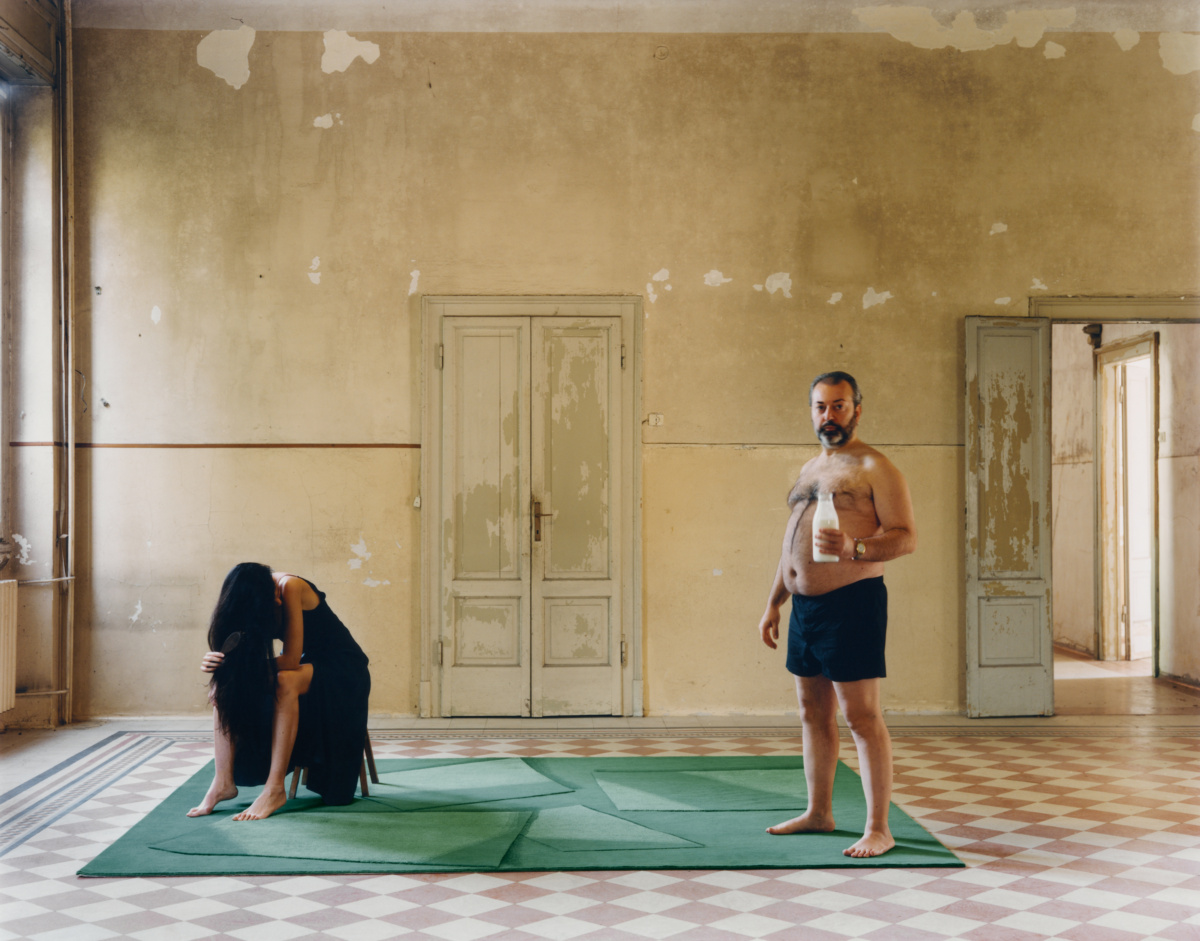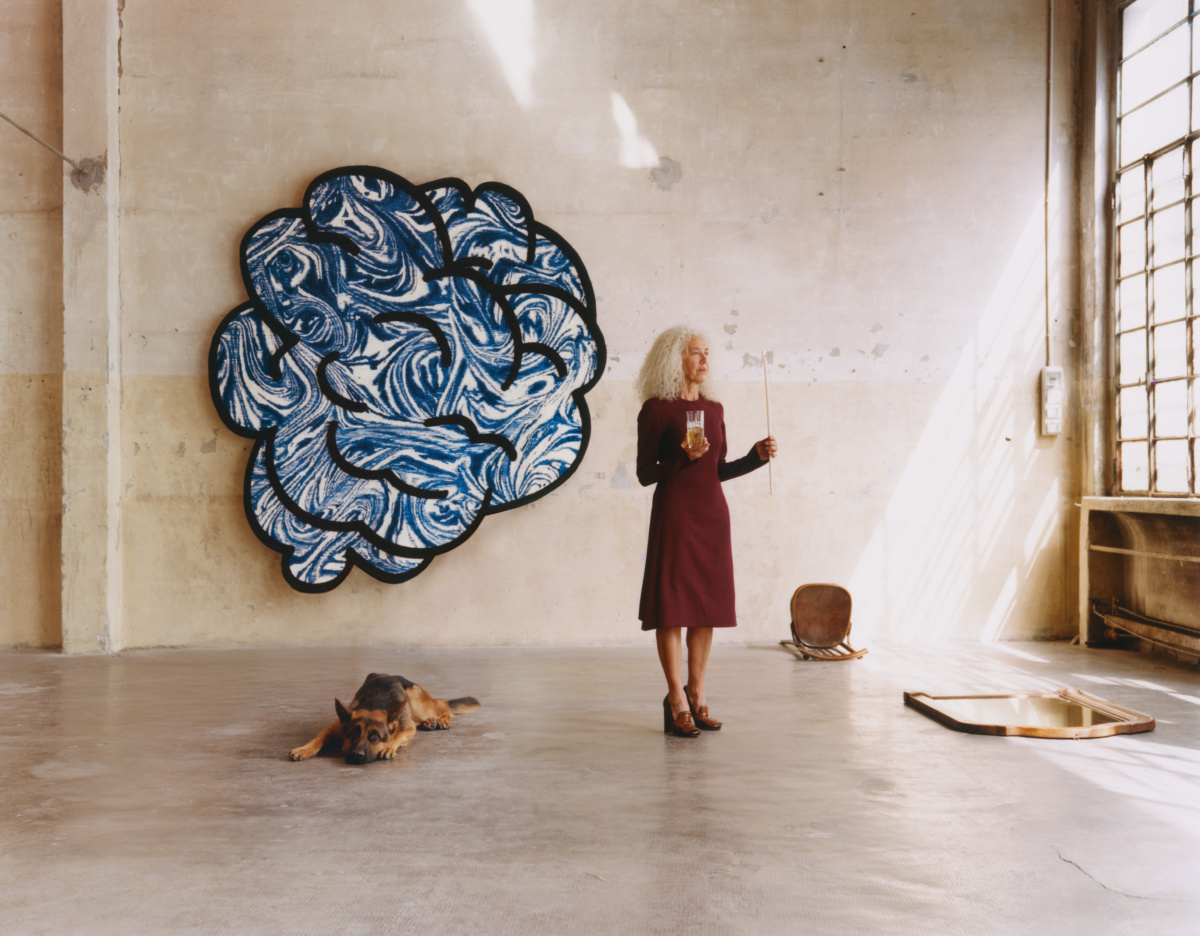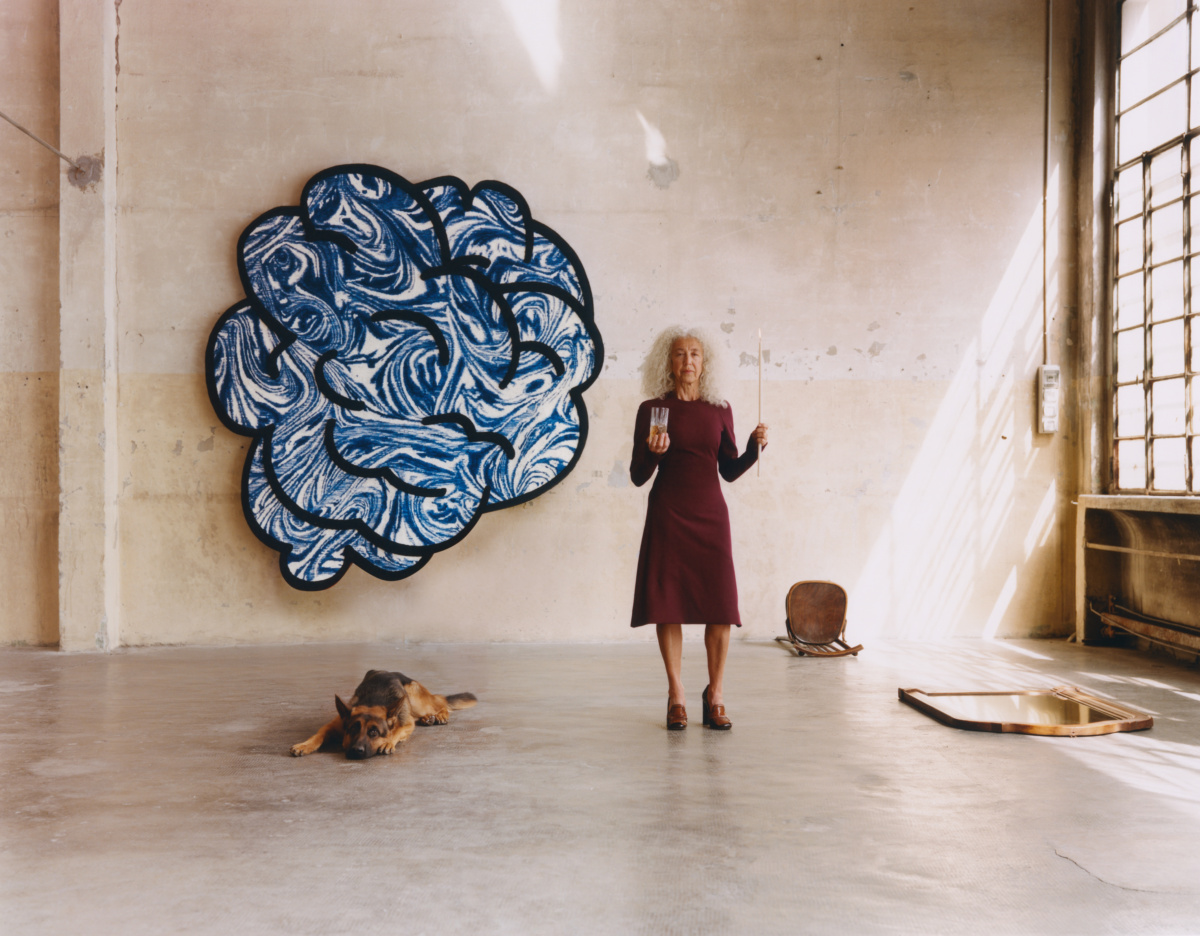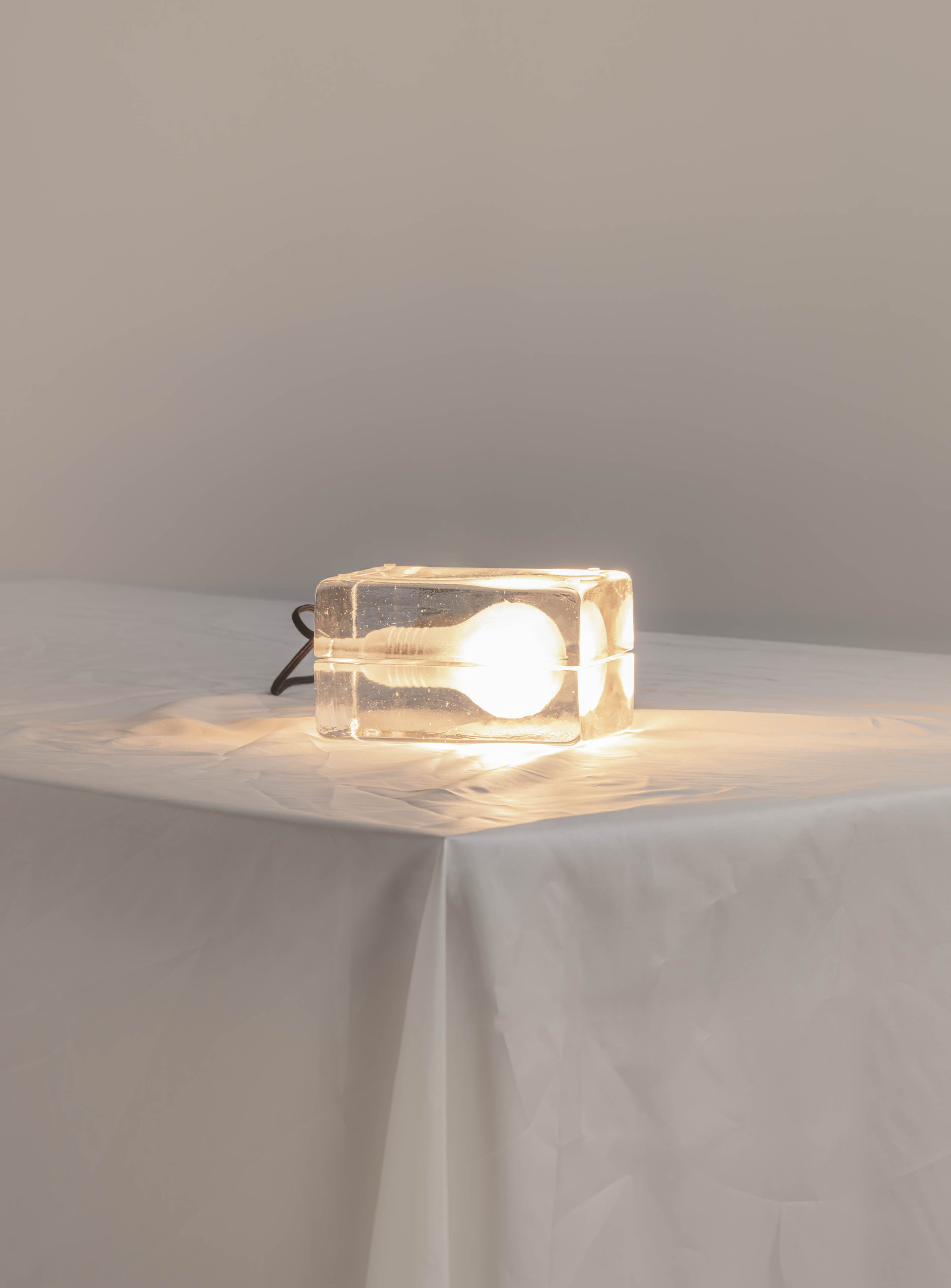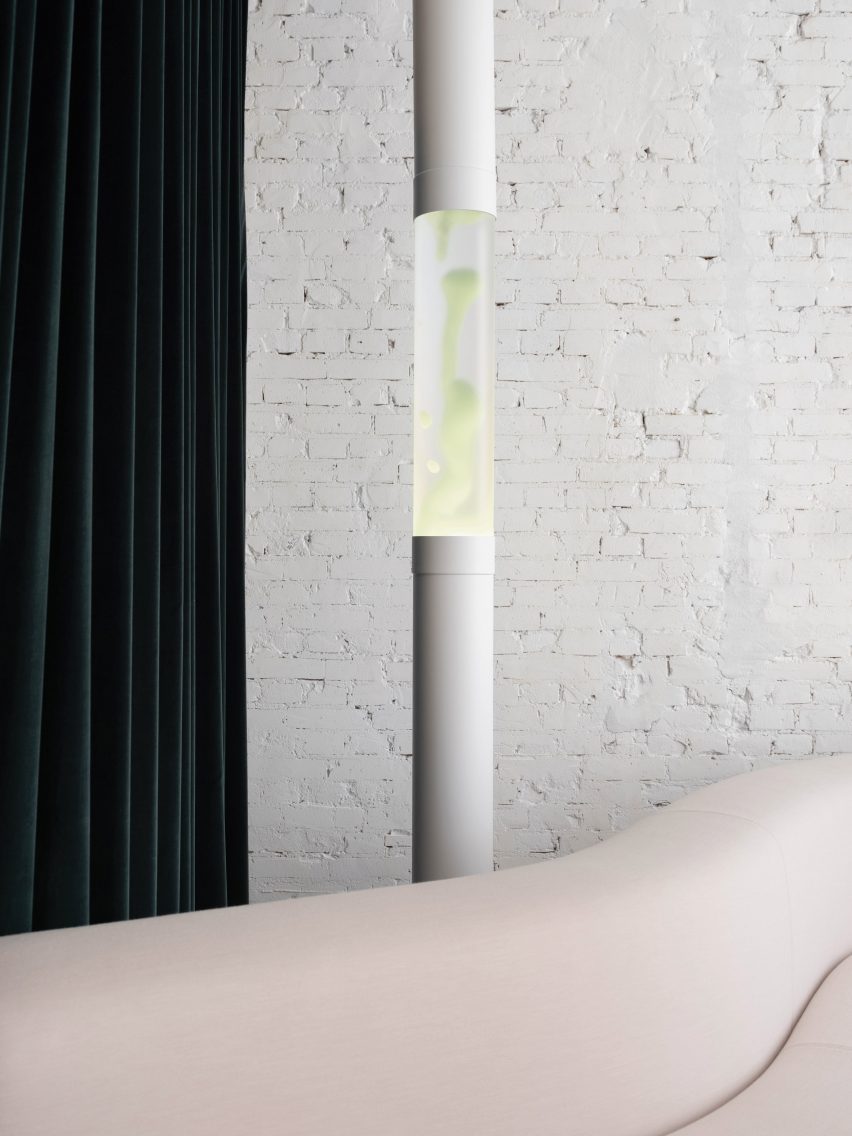In its 2022 collection, cc-tapis is eager to prove its rugs as a stage for life and for excitement. In a campaign by Apartamento Studios, cc-tapis collaborated with Greek playwright Efthimis Filippou, whose brief plays transform the rugs as a space for action.
The concept, by Apartamento Studios creative director Omar Sosa, is photographed by David Luraschi. Three rugs each become a central fixture of a unique storyline in images accompanied by scripts. “The initial idea came up discussing the approach for the new campaign … cc-tapis. We were encouraged to play with the rug as a space for action. It could be inside or outside the rug area. The idea of having the human element resonated to me and right after those conversations I came across the work of screenwriter Efthimis,” Omar says. “It was a different way to approach a commercial shooting and in our opinion a way to infuse a cultural unexpected element.”
“It was a bit weird and new for everyone involved, but even without knowing each other, there was trust towards the unexpected,” Efthimis says. The resulting scripts and images evoke uncanny characters and a somewhat haunted feeling—a very unusual rug campaign to be sure.
- Ombra rug in green
- Photos by David Luraschi, courtesy of cc-tapis
Ombra, designed with Muller Van Severen, is an experiment with shadow to levitate forms. The design duo began with models in paper and cardboard, playing with light to create the layered, dimensional design.
- Cirrus rug in blue
- Photos by David Luraschi, courtesy of cc-tapis
Patricia Urquiola designed the Venus Power Collection as a tribute to powerful femininity. Everyone carries feminine attributes, and these four rugs Weallcomefromvenus, Nuvola, Cirrus (pictured above), and Venus, encourage us to embrace them.
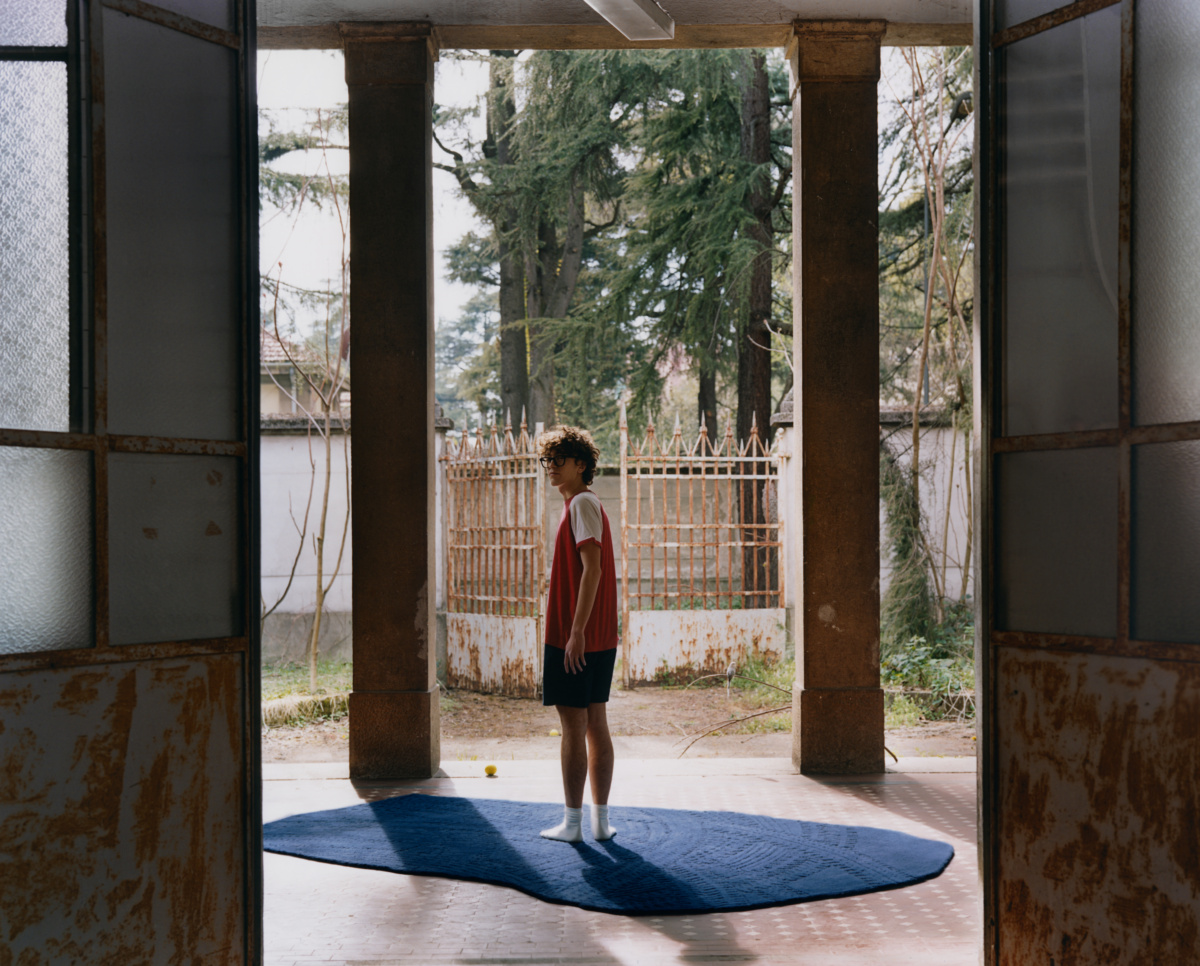
Car Park 1 in Blue
Dutch design studio Odd Matter made the Tonnara Car Park Collection as loosely circular rugs interspersed with the irregular markings of tire tracks in sand. The design studio say they were inspired by nostalgia and ephemerality, using the idea of unintentional patterns left behind in sand as a metaphor for the fleeting moments no one intends to create or remember but are experiencing in the meantime.
A version of this article originally appeared in Sixtysix Issue 09. Subscribe today.
